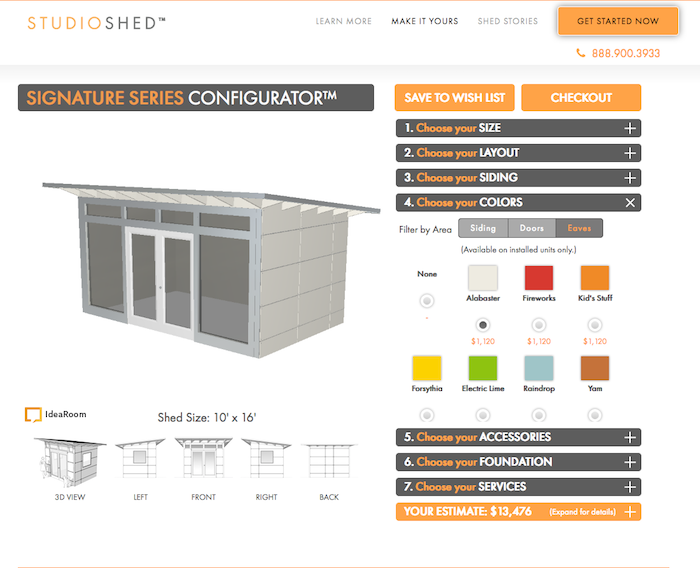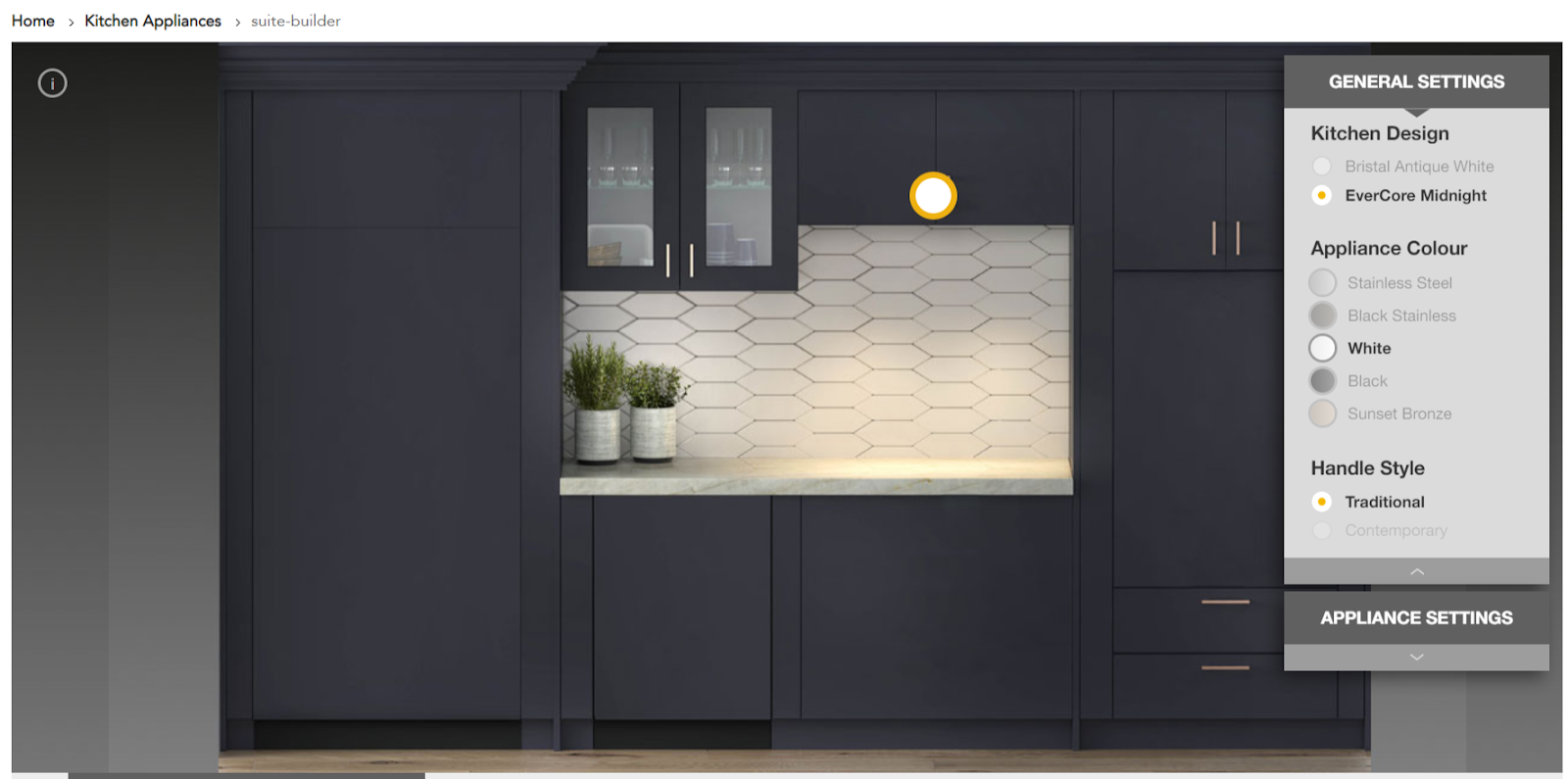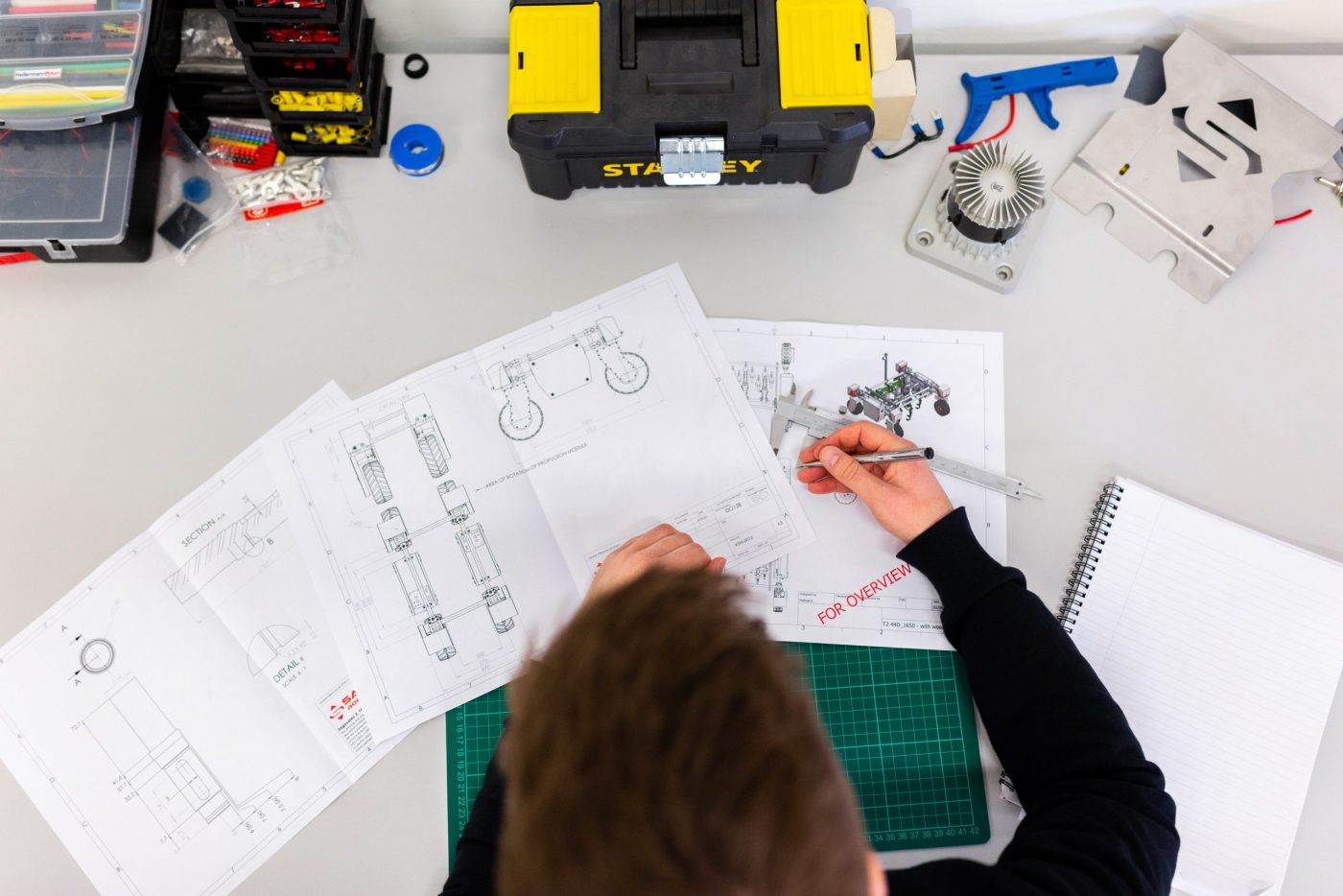You’ve probably experienced it before.
The sinking feeling after buying something online that didn’t live up to its photographs.
And no matter how hard you try to shake it, the result is unavoidable—you’ve got buyer’s remorse.
B2B Ecommerce buyers are no different.
Arguably they stand to lose more because of the nature of products they buy.
And if you’re not convinced, 27% of all online buyers return items because the description was different.
And that’s not all.
57% of retailers and suppliers said that dealing with returns harms the day-to-day running of their business.
But is there a solution?
Yes. It’s not all doom and gloom.
It’s time to embrace product configurators.
Product configurators facilitate customization and help B2B Ecommerce businesses determine the products that are possible to manufacture.
Having a good product configurator can be the difference between getting orders right, or having costly errors in production.
But first, let’s understand what a product configurator is.
What Are Product Configurators?
A product configurator can be defined as a software-based expert system that supports the user in creating product specifications by restricting how the user chooses various specifications.
Manufacturers usually use this type of software.
Typically, the product configuration is an interactive process.
So how does this process work?
Product configurators use product rules that need user input from start to finish.
The user chooses a feature validated via a configuration rules engine before allowing the user to select the remaining elements on their product.
The simplicity of this process hides the complexity in the construction of product rules required to drive the product configurator.

But if product configurators are so “complicated,” are they still valid for B2B Ecommerce?
Keep reading, and you’ll find out.
Product Configurators—Do They Make Sense For B2B Ecommerce?
Here’s the thing:
Product configurators are especially useful for manufacturing firms.
But the question remains—Are product configurators necessary for B2B Ecommerce players?
The short answer is YES.
Every brand should prioritize its customer touchpoints—any time a potential customer or customer comes in contact with the brand–before, during, or after they purchase something.
And B2B players aren’t exempt.
The reality is that B2B customers expect companies to deliver a seamless experience with both human and digital touchpoints.
Human interactions primarily drive current touchpoints.
However, future touchpoints will increasingly skew toward digital and provide a real-time customer experience that is contextualized, personalized, and data- and usage-driven.
B2B buyers are also becoming increasingly self-sufficient in their purchasing journey from research to ordering. A recent McKinsey study found 70% of B2B decision-makers are open to a fully self-service purchase up to $50,000 and 27% up to $500,000.
Therefore, It makes sense in the long term for B2B eCommerce players to embrace product configurators.
But first, it’s essential to understand the types of visual product configurators.
Types of Visual Product Configurators—Which One is Right for Your Business?
Visual product configurators help your customers get a better sense of what they’re ordering.
They’re also helpful when it comes to product customization.
Static 2D Visuals
2D product configurators show a flat image that doesn’t move.
This means that buyers won’t have the ability to get a good look at the image from different angles.

However, buyers can click buttons that change the component parts like colors, materials, and add-ons.
Interactive 3D Visuals
3D product configurators use responsive design.
Therefore, buyers can rotate a three-dimensional rendering of the product to get a 360° view.
Moreover, buyers can also change customizable parts.
Augmented Reality (AR)
Augmented reality (AR) overlays digital content and information onto the physical world — as if they’re actually there with you, in your own space.
For example, buyers can use Augmented Reality (AR) to design a space by browsing virtual or physical showrooms getting information about furniture and décor, and “seeing” what it looks like.
AR is now helping people decorate their homes —projecting virtual furniture configurations onto their living rooms to give the furniture a test run before placing an order.
However, visual product configurators aren’t one-size-fits-all.
Different types of product configurators are useful in different scenarios.
Let’s explore more.
Product Configurators —Common Uses + Examples
For product configurators to be effective, you need the right software that can apply business rules to ensure compliance, compatibility, and a variety of options.
Product configurators can ease B2B eCommerce in ways that aren’t so obvious.
For example, they’re used in:
Webshops + Channel Partner Sites
With the right software, product configurators are omni-channel.
This means that it’s easy to use them across different channels. You can also use them on partner sites with ease.
The result? The opportunity to scale your business.
Example: Whirlpool’s Jennair brand. Channel partners use product configurators to work with contractors and builders.

Sales meetings:
Product configurators help collaborate with the buyer as they walk through the features of the product.
Using a product configurator is also a great way to introduce new customers to the self-service tools and ensure they can use them.
Showrooms:
B2B brands can use product configurators to build the right combination of products.
Example: Whirlpool also uses this with its Jennair brand. Tablets are used to help build the right room. Product configurators create spaces that have numerous appliances and fixtures.
Other common usages include:
- Customized Manufacturing Products
- Furniture and appliance configuration for commercial uses
- Tools/products with multiple parts that can be picked based on application
Example: Einhell. This German brand has a product configurator that helps you select the best tool. They combine a search assistant and configurator to help both B2B buyers and DIY enthusiasts with the right power tool sets. Only compatible components and parts can be configured within this experience.
B2B eCommerce sellers who embrace product configurators are likely to stay ahead of their competitors.
What’s more?
They also have other business benefits.
Benefits of Product Configurators for B2B Ecommerce
#1. Highly Capable Digital Sales Consultant
Think about a car configurator.
Buyers can easily configure the car’s interior with custom finishes, including other details like custom paint.
The completed configuration is helpful for the consultation process. By the end of the configuration, the buyer usually will have critical information like material availability and prices.
#2. Fewer Returns
When buyers are involved in the build processes—especially for manufacturing products, they are less likely to be disappointed by the result.
Moreover, the personalization of a product enhances the emotional connection the buyer has to the product.
Fewer returns have a positive impact in the long run.
#3. Shorten Sales Cycle
B2B companies can certainly benefit from a reduced sales cycle.
Product configurators reduce the back and forth between buyers and sales teams, sales teams, and engineering.
The result?
Lower costs and time saved.
Customers receive all the information they need in real-time, reducing the risk of looking for faster service.
A lower sales cycle means lower customer acquisition costs.
#4. Higher Conversion Rates
Buyers are most likely to make purchases when they use a product configurator. This is because product configurators tend to have better visuals that are convincing to buyers.
Buyers are therefore more likely to feel more comfortable with their choice of purchase.
#5. Quick and Easy to Use
Buyers can point-and-click or drag-and-drop in three dimensions to rapidly assemble the most complicated, customizable products using a product configurator.
And even better?
Product configurators are fun!
Think how exciting Legos can be with different colors and options to build other things.
Buyers have the opportunity to engage in a playful, personal consultation, especially for a complex product.
Product Configurators Are the Future
The needs of B2B Ecommerce players are changing.
Product configurators are a great way to meet the needs of B2B Ecommerce players, especially in the manufacturing sector.
Are you ready to embrace this wonderful AI-powered tool?
Partner with Zoovu today and reach new levels.



